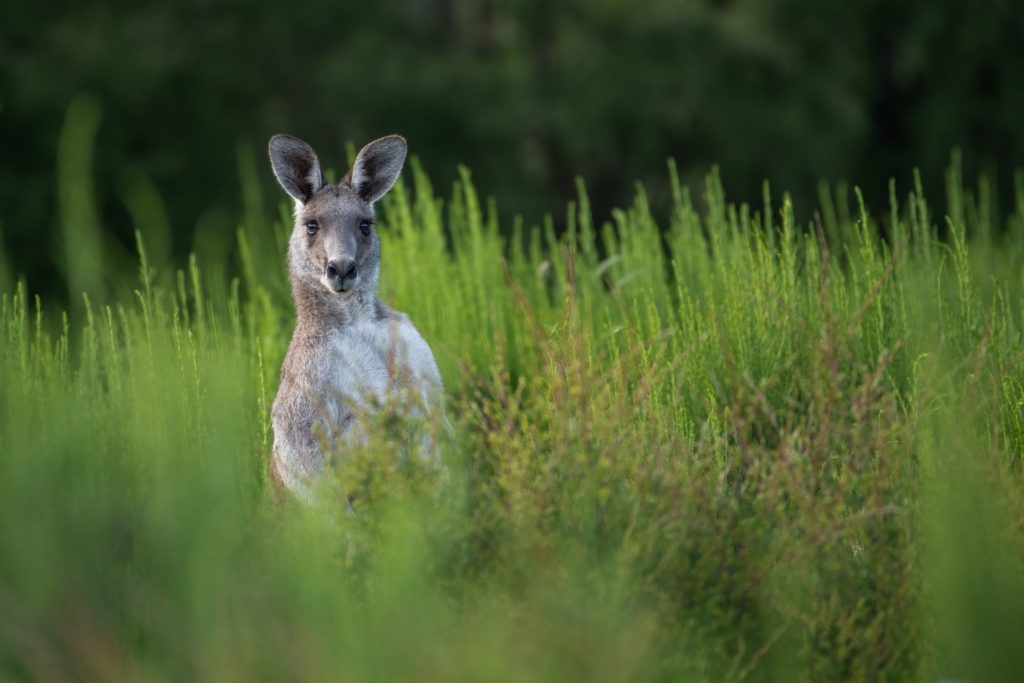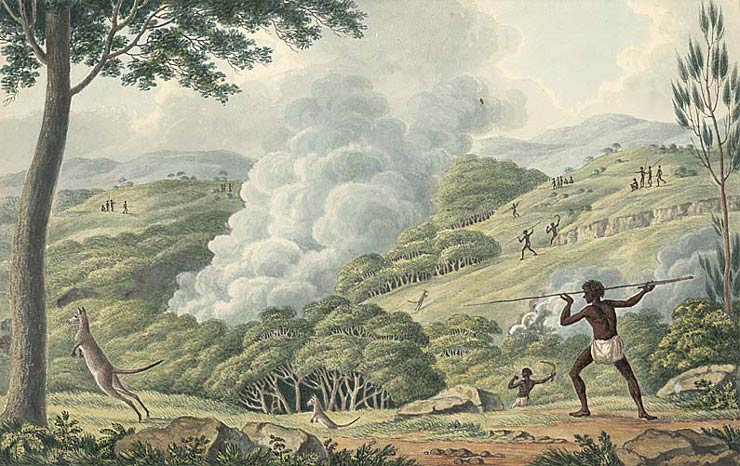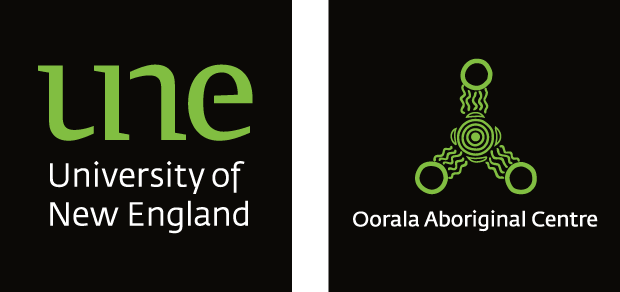When Europeans arrived in Australia, Indigenous Australians had been hunting kangaroos for their meat and skins for thousands of years. They used various harvesting methods including fire and nets and hunting with spears
In 1817, Joseph Lycett created a water colour painting showing how Indigenous Australians used fire to flush out kangaroos when hunting.
Have you eaten Kangaroo meat?
In Australia, kangaroos outnumber the human population. Kangaroo meat is becoming more popular with the general public. The availability of kangaroo meat through butchers, supermarkets and restaurants has increased.
This meat is high in protein and low in fat. Kangaroo meat doesn’t have visible fat and the total fat content only comes to around 2% which is much less compared to lamb and beef which have a fat content between 20%-40%.3 It has essential B vitamins, minerals such as zinc, iron and omega 3 fats and omega 6 fatty acid. Compared to beef, kangaroo contains double the amount of iron and triple that of chick and pork.
Because kangaroos are harvested from open ranges where they roam freely, they graze on natural vegetation. They are not exposed to antibiotics or growth hormones as is common in beef production.
How do we get Kangaroo meat?
Kangaroos are protected by legislation in Australia, both state and federal. Kangaroo harvesting only occurs in approved harvest zones and quotas are set to ensure the sustainability of kangaroo populations. A national code of practice has been established for the humane shooting of kangaroos and wallabies. Kangaroos must be shot in the head. Abattoirs will not accept their kills if it is not a headshot. There is no kangaroo farming in Australia.


Kangaroos are protected by legislation in Australia, both state and federal. Kangaroo harvesting only occurs in approved harvest zones and quotas are set to ensure the sustainability of kangaroo populations. A national code of practice has been established for the humane shooting of kangaroos and wallabies. Kangaroos must be shot in the head. Abattoirs will not accept their kills if it is not a headshot. There is no kangaroo farming in Australia.
To meet the growing demand for kangaroo meat, four types of Kangaroo are harvested from the wild population. Red, eastern grey and western grey kangaroos make up about 90 per cent of the commercial harvest. In 2017, almost 1.5 million kangaroos were killed for meat production from Queensland, New South Wales, South Australia and Western Australia.
Some people believe that kangaroo meat is more sustainable than raising beef or sheep. Kangaroos are indigenous to the Australian climate and they forage in the wild. They have a digestive system that does not release much methane into the environment. Thus they are believed to be less destructive and have a smaller impact on land and environment.
Several Australian universities research production and processing of kangaroo meat.
